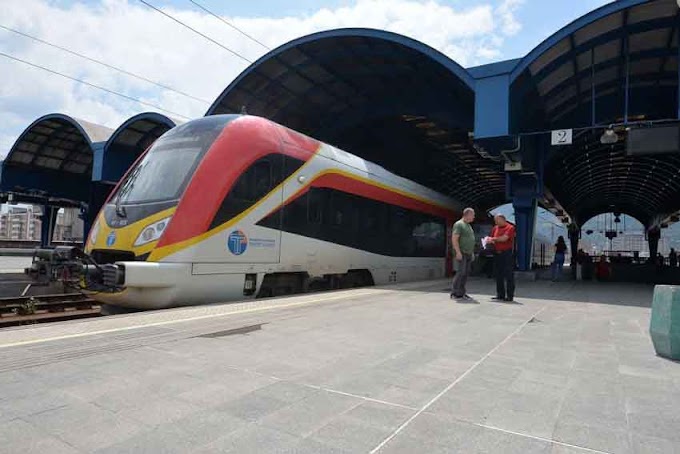 The building of a stone façade of the “Holy Martyr George” church in the village of Vevchani, near Struga, is in full flow. Eight experienced workers are working with the highest quality stone every day.
The building of a stone façade of the “Holy Martyr George” church in the village of Vevchani, near Struga, is in full flow. Eight experienced workers are working with the highest quality stone every day.
Cvetomir Ugrinovski, the mayor of Vevchani, says that the workers are manually processing the stone, which is why it will take longer to finish the façade.
“Work is under way every day and it will be the case as long as the weather conditions allow it. We have chosen stone of the highest quality” – says Ugrinovski, adding that construction activities are being supervised every day because it is a building that should represent an attractive object to the believers and visitors.
 “When completed, it will be the most attractive religious temple; an extraordinary object, 15 meters high, with an interior of 100 m2 that, when seen from above, looks like an orthodox cross” – says mayor Ugrinoski.
“When completed, it will be the most attractive religious temple; an extraordinary object, 15 meters high, with an interior of 100 m2 that, when seen from above, looks like an orthodox cross” – says mayor Ugrinoski.
The foundations were laid on 6th May, the great Christian holiday of Saint George, and the cross at the dome was consecrated several weeks ago.
The construction is funded by the locals and other donations, and will cost around 300.000 euros.
The negotiations for the fresco painting are on-going with the best painters.
The church is restored on the foundations of the former “Saint George” monastery, which was totally destroyed during the Ohrid uprising in 1913, and it was his initiative to restore it 100 years later.
“The restoration of the church is very important for the people of Vevchani, as well as the entire region. This is where people sent their relatives to work abroad. There is place called Crying Chestnut, where people sent their relatives to Greece; Crying Pear – for the people going to the Vlach region; and Crying Rock – for the people going to Italy and the overseas countries” – tells Ugrinoski.
The land where the church is being built used to belong to the country, but according to local priest Zoran Poposki, an exchange has been made for a 9-hectare church property, where the destroyed monastery was located, according to a deed from 1925.








